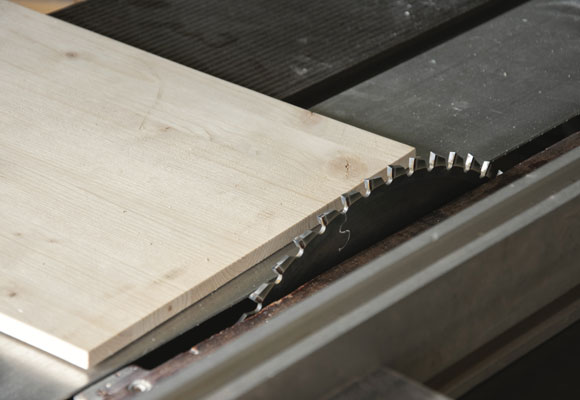
Ripcut vs. Crosscut: What’s the Difference?
In woodworking, there are mainly two types of cuts: ripcut and crosscut. Understanding these two types of cuts is of great importance because it determines which tool you are going to use in the project. In short, rip cut refers to cutting along the wood grain, while crosscut means cutting across the wood grain. In this article, we will explain rip cut and crosscut in detail. As we’ve mentioned wood grain, let’s start with the definition of this term.
Wood grain
As a tree grows, wood fibers are formed. The arrangement of these fibers is called wood grains. The formation of wood grains is influenced by growth ways, the surrounding environment, and wood structures. When a tree trunk is cut, we can see the pattern and texture of these grains. Different trees have different grains, and different cutting directions result in different patterns.
Rip cut

Rip cut, or ripping means cutting along the grain. Ripping is much easier and faster than crosscutting. Circular saw blades for ripping are equipped with fewer teeth, usually 24 or fewer teeth on a 10” blade. Besides, a more positive rake angle is required in a ripping saw blade.
Crosscut

Crosscut refers to cutting across the wood grain. Compared to ripping, crosscutting is more difficult and much slower because it cuts more grains during the cutting process. Crosscutting is a demanding job, so it requires a blade with more teeth, usually 40-80 on a 10” blade. The finish created by a crosscutting blade is much cleaner.
Konetool is a quality supplier of circular saw blades for woodworking. Our blades include general-purpose blades, panel sizing saw blades, scoring saw blades, grooving saw blades, and crosscut saw blades. We are a B2B trading company and our clients come from all over the world. If you are looking for a premium blade supplier, please contact us today!
